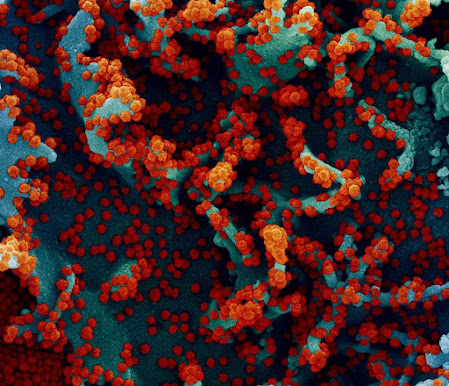The research updates a similar 2013 paper revealing that 97% of studies published between 1991 and 2012 supported the idea that human activities are altering Earth’s climate. The current survey examines the literature published from 2012 to November 2020 to explore whether the consensus has changed.
“We are virtually certain that the consensus is well over 99% now and that it’s pretty much case closed for any meaningful public conversation about the reality of human-caused climate change,” said Mark Lynas, a visiting fellow at the Alliance for Science and the paper’s first author.
“It's critical to acknowledge the principal role of greenhouse gas emissions so that we can rapidly mobilize new solutions, since we are already witnessing in real time the devastating impacts of climate related disasters on businesses, people and the economy,” said Benjamin Houlton, the Ronald P. Lynch Dean of the College of Agriculture and Life Sciences and a co-author of the study, “Greater than 99% Consensus on Human Caused Climate Change in the Peer-Reviewed Scientific Literature,” which published Oct. 19 in the journal Environmental Research Letters.











.jpg)



.jpg)

